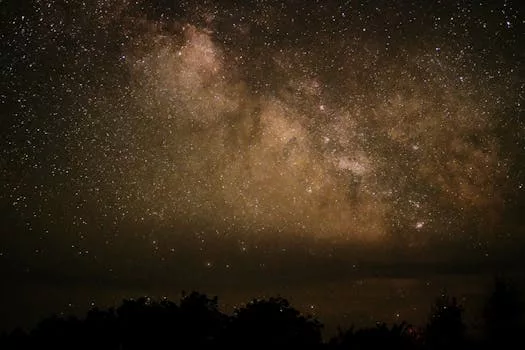
“
Beyond the Milky Way: Imagining New Worlds and Possibilities
Introduction to the Vastness of Space
Beyond the Milky Way: Imagining New Worlds and Possibilities is a fascinating topic that has captivated human imagination for centuries. The Milky Way, our home galaxy, is just one of billions of galaxies in the observable universe. As we continue to explore and understand the vastness of space, we are constantly reminded of the infinite possibilities that lie beyond our galaxy.
The universe is estimated to be around 13.8 billion years old, and our galaxy, the Milky Way, is just one of the many galaxies that make up the cosmic landscape. The Milky Way is a barred spiral galaxy, consisting of hundreds of billions of stars, gas, and dust. It is estimated to be around 100,000 light-years in diameter, and is thought to contain between 200 and 400 billion stars.
Exploring the Unknown
As we look beyond the Milky Way, we enter the realm of the unknown. The universe is vast and complex, with many mysteries waiting to be unraveled. One of the most intriguing aspects of space exploration is the search for extraterrestrial life. The possibility of life existing elsewhere in the universe is a tantalizing prospect that has sparked intense debate and research.
The discovery of exoplanets, planets that orbit stars other than the Sun, has opened up new avenues for the search for life. Many of these exoplanets are believed to be located in the habitable zones of their respective stars, where conditions are suitable for life as we know it. The search for life beyond Earth is an active area of research, with scientists using a variety of methods to detect signs of life, such as the presence of oxygen or methane in the atmospheres of exoplanets.
Imagining New Worlds
As we explore the universe, we are constantly reminded of the infinite possibilities that lie before us. The discovery of new worlds and galaxies challenges our understanding of the universe and encourages us to think creatively about the possibilities that exist. Science fiction has long been a source of inspiration for space exploration, with authors and filmmakers imagining scenarios that range from colonization of other planets to encounters with alien civilizations.
One of the most exciting aspects of space exploration is the potential for human settlement of other planets. With the advent of private space companies such as SpaceX and Blue Origin, the prospect of establishing human settlements on other planets is becoming increasingly feasible. The idea of creating a human settlement on Mars, for example, is a tantalizing prospect that has sparked intense interest and debate.
Conclusion and Takeaways
In conclusion, the exploration of space beyond the Milky Way is a complex and fascinating topic that challenges our understanding of the universe. As we continue to explore and understand the vastness of space, we are constantly reminded of the infinite possibilities that lie before us. The search for extraterrestrial life, the discovery of new worlds and galaxies, and the potential for human settlement of other planets are just a few of the many exciting areas of research and exploration that are driving our understanding of the universe forward.
Takeaways from this article include:
- The universe is vast and complex, with many mysteries waiting to be unraveled.
- The search for extraterrestrial life is an active area of research, with scientists using a variety of methods to detect signs of life.
- The discovery of new worlds and galaxies challenges our understanding of the universe and encourages us to think creatively about the possibilities that exist.
- The potential for human settlement of other planets is becoming increasingly feasible, with private space companies such as SpaceX and Blue Origin leading the charge.






